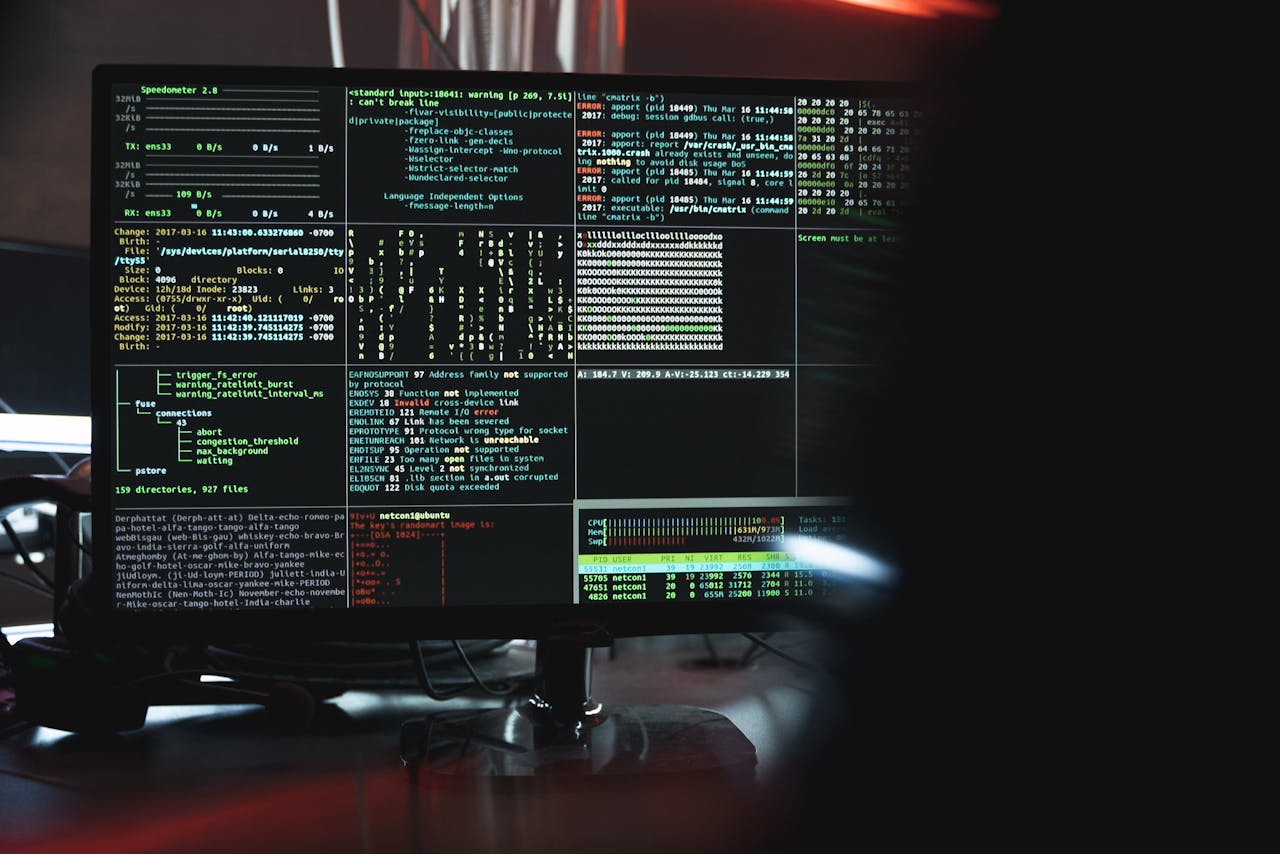Empower Your Security Team: Unveiling the Potential of STIX Cybersecurity
In today’s interconnected digital landscape, cybersecurity has become paramount for safeguarding sensitive information and critical infrastructure. With the ever-evolving threat landscape, organizations need robust tools and frameworks to bolster their defense mechanisms. One such tool gaining traction is the Structured Threat Information eXpression (STIX), a cybersecurity language designed to improve information sharing and collaboration among security teams. In this article, we’ll explore the basic concepts of STIX cybersecurity and how it can empower your security team to mitigate cyber threats effectively.
Understanding the Basics of STIX
STIX, developed by the Cyber Threat Intelligence (CTI) community, is an open standard language used to represent and share cybersecurity information. For those unfamiliar, learning what is STIX/TAXII? can provide a foundational understanding of how these protocols facilitate structured threat information sharing. It provides a structured way to describe cyber threats, incidents, and relevant contextual information. STIX employs a standardized format to capture and exchange cyber threat intelligence, facilitating interoperability and automation across security tools and platforms.
At its core, STIX consists of three main components:
1. STIX Core: This component defines the basic building blocks of cyber threat intelligence, such as indicators, observables, threat actors, and their relationships. STIX Core enables the structured representation of diverse cybersecurity information, allowing analysts to express complex concepts in a standardized format.
2. STIX Objects: These are predefined constructs that represent specific cybersecurity entities, such as malware, vulnerabilities, and intrusion sets. STIX Objects provide a common language for describing various aspects of cyber threats, enabling consistent communication and analysis within the security community.
3. STIX Patterning: This component allows analysts to create sophisticated queries and logic to match against cyber threat data. STIX Patterning employs a flexible syntax to express complex conditions, facilitating the detection of known and emerging threats across diverse datasets.
Leveraging STIX for Enhanced Cybersecurity
Now that we have a basic understanding of STIX, let’s explore how it can empower your security team to enhance cybersecurity posture:
- Improved Threat Intelligence Sharing: STIX enables organizations to exchange cyber threat intelligence in a standardized format, regardless of the underlying security technologies. By adopting STIX, security teams can seamlessly share actionable intelligence with trusted partners, industry peers, and relevant authorities, enhancing collective defense against cyber threats.
- Enhanced Situational Awareness: By leveraging STIX to represent cyber threat information, security analysts gain a comprehensive view of the threat landscape. STIX allows for the correlation of diverse data sources, including indicators, observables, and adversary tactics, providing enhanced situational awareness to proactively identify and respond to emerging threats.
- Automation and Orchestration: STIX-compatible tools and platforms enable automation and orchestration of cybersecurity operations. Security teams can automate routine tasks, such as threat detection, analysis, and response, leveraging STIX to exchange information seamlessly between different security products and systems. This automation helps streamline workflows, reduce manual effort, and accelerate incident response times.
- Adaptive Threat Hunting: STIX Patterning empowers security analysts to create dynamic queries and patterns to hunt for specific threats and attack patterns. By leveraging STIX Patterning, organizations can conduct proactive threat hunting activities, identifying potential threats and vulnerabilities before they manifest into full-blown incidents. This proactive approach enhances the organization’s resilience to cyber threats and reduces the dwell time of adversaries within the network.
- Integration With Security Operations: STIX seamlessly integrates with existing security operations processes and workflows. Security teams can incorporate STIX into their incident response procedures, threat intelligence analysis, and security information and event management (SIEM) systems. This integration enables a cohesive cybersecurity strategy, where STIX serves as a common language for communication and collaboration across different security functions.
Overcoming Challenges and Considerations
While STIX offers numerous benefits for enhancing cybersecurity capabilities, organizations may encounter certain challenges and considerations during implementation:
- Standardization and Adoption: Ensuring widespread adoption and adherence to STIX standards across the cybersecurity community remains a challenge. Organizations need to invest in education, training, and outreach efforts to promote STIX adoption and standardization among security practitioners, vendors, and industry stakeholders.
- Data Quality and Contextualization: Effective use of STIX relies on the quality and contextualization of cyber threat data. Organizations must prioritize data quality assurance measures and contextual enrichment techniques to ensure the accuracy, relevance, and completeness of STIX-encoded information.
- Interoperability and Integration: Integrating STIX-compatible tools and platforms with existing security infrastructure requires careful planning and coordination. Organizations should assess the interoperability of STIX-enabled solutions with their current technology stack and consider customization or integration efforts to maximize utility and efficiency.
- Privacy and Data Protection: While sharing cyber threat intelligence is essential for collective defense, organizations must uphold privacy and data protection principles when exchanging sensitive information via STIX. Implementing appropriate data anonymization, encryption, and access controls helps mitigate privacy risks and ensures compliance with regulatory requirements.
Conclusion
In an era of escalating cyber threats, leveraging advanced technologies and frameworks is essential for organizations to stay ahead of adversaries. STIX cybersecurity offers a standardized approach to representing and sharing cyber threat intelligence, empowering security teams to collaborate effectively and mitigate risks proactively. By embracing STIX, organizations can enhance their cybersecurity posture, improve threat detection and response capabilities, and foster a more resilient security ecosystem in the digital age.





